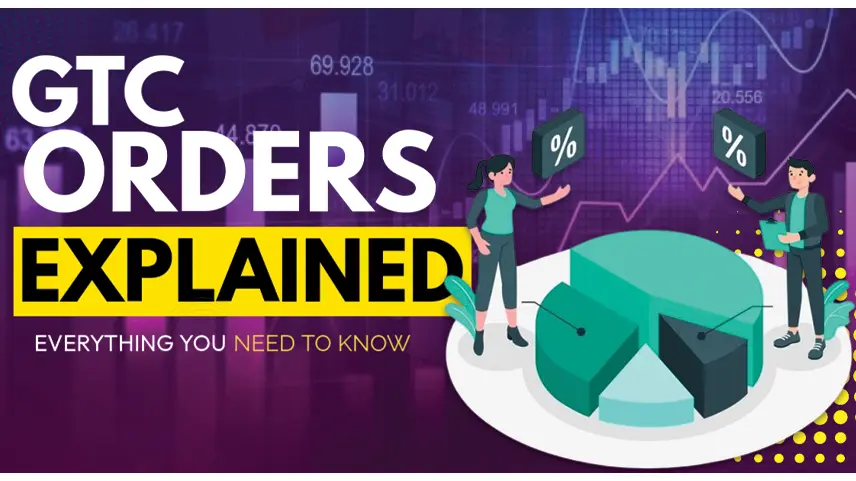GTC Orders Explained: Everything You Need to Know
If you're a trader, you may have heard of GTC orders, but what exactly are they and how can they benefit your trading strategy? This guide will provide a comprehensive overview of GTC orders, including their definition, advantages, and how to use them effectively in your trading.
GTC order
GTC stands for "Good 'Til Cancelled" and refers to an order type in trading that remains active until it is either filled or cancelled by the trader. This means that the order will remain open and active even after the trading day ends, allowing traders to set their desired price levels and wait for the market to reach them. GTC orders are commonly used by traders who want to take advantage of market movements outside of regular trading hours or who want to set up trades in advance and not have to monitor them constantly.

GTC orders are particularly useful for traders who have a specific price level in mind for a particular security but do not want to constantly monitor the market to see if that price has been reached. By setting a GTC order, traders can simply wait for the market to reach their desired price level and then have the order executed automatically. This can save time and effort for traders who have other responsibilities or who simply do not want to be glued to their screens all day. However, it is important to note that GTC orders may not be suitable for all traders or all market conditions, and traders should always carefully consider their trading strategies and risk tolerance before using any type of order.
How do GTC orders work?
GTC orders work by allowing traders to set a specific price level at which they want to buy or sell a security. Once the order is placed, it remains active until it is either filled or cancelled by the trader. This means that the order can remain open for days, weeks, or even months, depending on the trader's preferences. GTC orders are a popular tool for traders who want to take advantage of market movements outside of regular trading hours or who want to set up trades in advance and not have to monitor them constantly.
Advantages and disadvantages of using GTC orders
Like any trading strategy, there are both advantages and disadvantages to using GTC orders. One advantage is that they allow traders to set up trades in advance and not have to constantly monitor them. This can be particularly useful for traders with other commitments or who want to take advantage of market movements outside regular trading hours. However, one disadvantage is that GTC orders can remain open for a long time, which means that traders may miss out on other opportunities or may be stuck in a trade that is no longer profitable. Additionally, GTC orders may not be suitable for all traders, particularly those who are new to trading or who have limited experience with the markets.
One advantage of using GTC orders is that they allow traders to set up trades in advance and not have to monitor them constantly. This can be particularly useful for traders with other commitments or who want to take advantage of market movements outside regular trading hours. GTC orders can also help traders avoid emotional trading decisions, as they can set up their trades in advance and stick to their plans.
Types of GTC orders
Traders can use several types of GTC orders to manage their trades. The most common types include limit orders, stop orders and stop-limit orders. A limit order is buying or selling a security at a specific price or better. A stop order is a buy or sale order placed when the price of a security reaches the highest level known as the stop price. A stop-limit order is a combination of a stop order and a limit order, where the trade will only be executed if the price reaches the stop price and then stays within a certain range. It’s important for traders to understand the differences between these types of orders and how to use them effectively in their trading strategy.
Conclusion
In conclusion, understanding GTC orders is essential for any trader looking to effectively manage their trades. By using limit orders, stop orders, and stop-limit orders, traders can set specific prices and levels at which they want to buy or sell securities. This can assist them in minimising losses and increasing profits. It’s important to remember that GTC orders are not foolproof and should be used in conjunction with other trading strategies and risk management techniques. With the right knowledge and approach, GTC orders can be a valuable tool for any trader.

0 comments